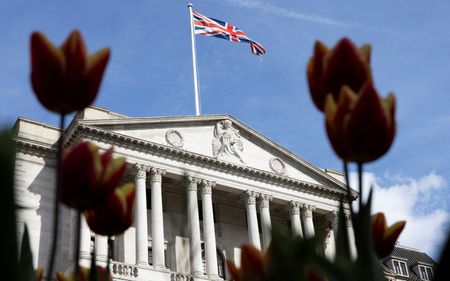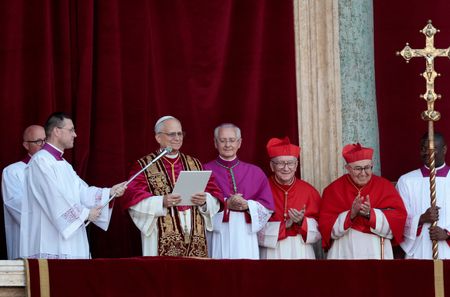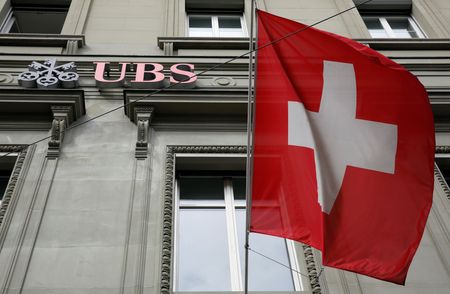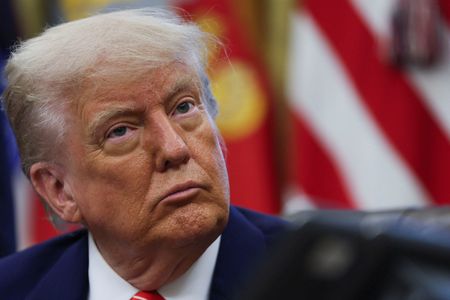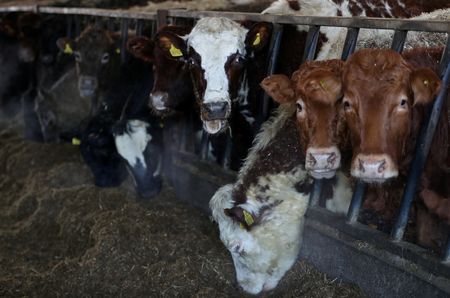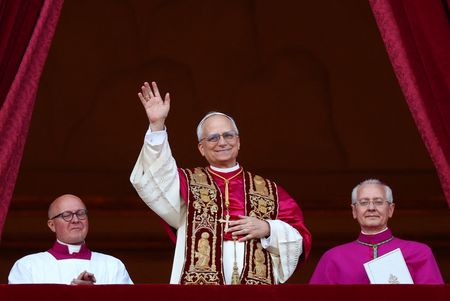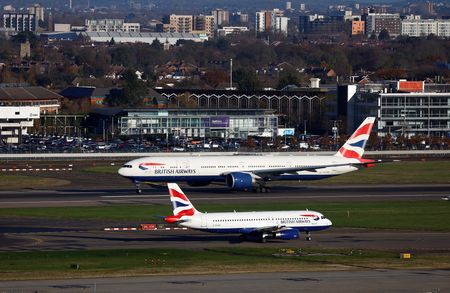By William Schomberg
LONDON (Reuters) -The Bank of England is poised to extend its slow run of interest rate cuts on Thursday with investors watching for any signs that it could soon pick up the pace as U.S. President Donald Trump’s tariffs weigh on the world economy.
Governor Andrew Bailey and his BoE colleagues have long stressed the need for a gradual and careful approach to lowering borrowing costs, something most analysts say is likely to continue given the scale of uncertainty about the outlook.
The BoE has cut rates just three times so far since last August, moving more slowly than the U.S. Federal Reserve and the European Central Bank due to its concerns about inflationary heat in the jobs market.
Although Britain’s economy is far from robust, its growth this year looks set to be faster than in Germany and France.
But Bailey has recently stressed the risks to the economy from the surge in global trade tensions.
On Wednesday, the Fed kept its key interest rate on hold and said uncertainty about the economic outlook had increased with higher risks of a rise in both unemployment and inflation.
A latest quarter-point cut by the BoE is widely expected on Thursday and investors are almost fully pricing in three more reductions by the end of 2025 which would take its benchmark Bank Rate to 3.5% from 4.5% at the moment.
Most economists polled by Reuters last month expected the BoE to remain on its once-a-quarter rhythm which would leave Bank Rate at 3.75% at year-end.
But BofA Global Research analysts said they now saw four BoE rate reductions to come this year with UK inflation set to rise by less than previously thought, in part due to cheaper imports from China which have been effectively shut out of the U.S.
However, it was probably too soon for the BoE to change its stance on the way forward.
“For now, we expect the BoE to retain the careful, gradual and meeting-by-meeting guidance, in the midst of uncertainty,” the BofA analysts said.
BNP Paribas Europe economist Dani Stoilova predicted the BoE’s new forecasts would show inflation returning to the central bank’s 2% target at the end of 2026, a year earlier than the BoE previously expected.
However, Bailey and the rest of the Monetary Policy Committee would probably want to wait and see if Trump’s tariffs and retaliation by China and other countries ultimately push up inflation by damaging supply chains, she said.
The BoE is due to announce its May interest rate decision and its latest economic forecasts at 1102 GMT – two minutes later than usual to avoid disrupting a moment of silence to mark the 80th anniversary of the end of World War Two in Europe.
Bailey and other top officials are due to hold a press conference at 1130 GMT.
(Writing by William Schomberg; Editing by Lincoln Feast.)


